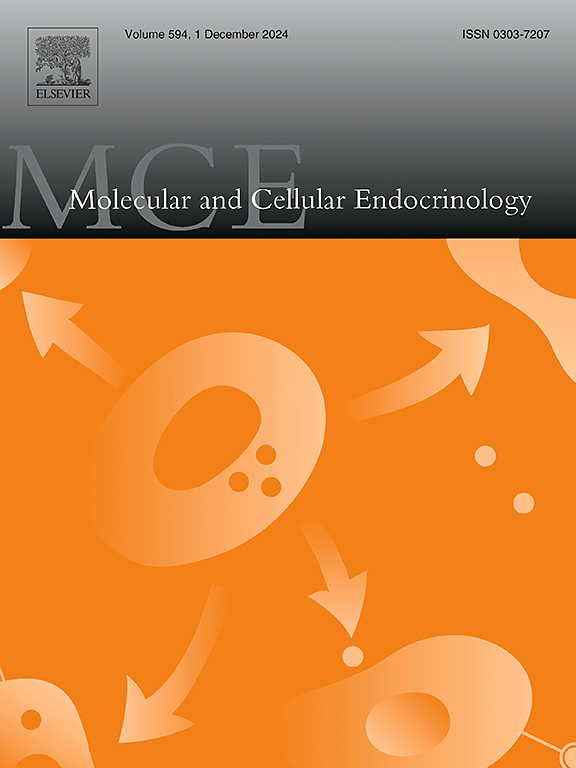探索甲状腺发育和功能:新的化学干扰物目标的系统生物学搜索
IF 3.6
3区 医学
Q2 CELL BIOLOGY
引用次数: 0
摘要
不加区分地接触化学物质已成为一个严重的全球健康问题。人类接触新出现的污染物,包括药品残留、农药、食品添加剂以及包装和瓶子生产中使用的化学品,与包括甲状腺疾病在内的疾病发病率增加有关。几种化学物质可能会对甲状腺胚胎发育和成人下丘脑-垂体-甲状腺(HPT)轴造成失调。在这项研究中,我们应用系统生物学方法来确定与胚胎和成年阶段人类甲状腺转录组数据中最高度上调和下调的基因相关的生物学过程。结果,新的基因/蛋白质-化学相互作用与甲状腺和HPT轴中已识别的毒性相关。该分析确定了195种不同的化学物质可能与这些高表达蛋白相互作用并表现出甲状腺毒性。我们的研究结果强调了发育时期是易受化学物质暴露的关键窗口,对甲状腺发育和编程有潜在的不利影响。最后,我们的数据提示了成人甲状腺中新出现的化学物质的新靶点,这些化学物质可能会损害甲状腺功能。本文章由计算机程序翻译,如有差异,请以英文原文为准。

Exploring thyroid development and function: A systems biology search for new chemical disruptor targets
Indiscriminate exposure to chemical substances has emerged as a critical global health concern. Human exposure to emerging contaminants, including pharmaceutical residues, pesticides, food additives, and chemicals employed in packaging and bottle production, is associated with an increased incidence of diseases, including thyroid disorders. Several chemicals potentially dysregulate thyroid embryonic development and the adult hypothalamic‒pituitary‒thyroid (HPT) axis. In this study, we applied systems biology approaches to identify biological processes associated with the most highly upregulated and downregulated genes in human thyroid transcriptome data from both the embryonic and adult stages. As a result, new gene/protein‒chemical interactions linked to recognized toxicities in the thyroid gland and the HPT axis were identified. This analysis identified 195 distinct chemical substances that may interact with these highly expressed proteins and exhibit thyroid toxicity. Our findings underscore the developmental period as a critical window of vulnerability to chemical exposure, with potential adverse effects on thyroid development and programming. Finally, our data suggest new targets for emerging chemicals in the thyroids of adult individuals, potentially compromising thyroid function.
求助全文
通过发布文献求助,成功后即可免费获取论文全文。
去求助
来源期刊

Molecular and Cellular Endocrinology
医学-内分泌学与代谢
CiteScore
9.00
自引率
2.40%
发文量
174
审稿时长
42 days
期刊介绍:
Molecular and Cellular Endocrinology was established in 1974 to meet the demand for integrated publication on all aspects related to the genetic and biochemical effects, synthesis and secretions of extracellular signals (hormones, neurotransmitters, etc.) and to the understanding of cellular regulatory mechanisms involved in hormonal control.
 求助内容:
求助内容: 应助结果提醒方式:
应助结果提醒方式:


